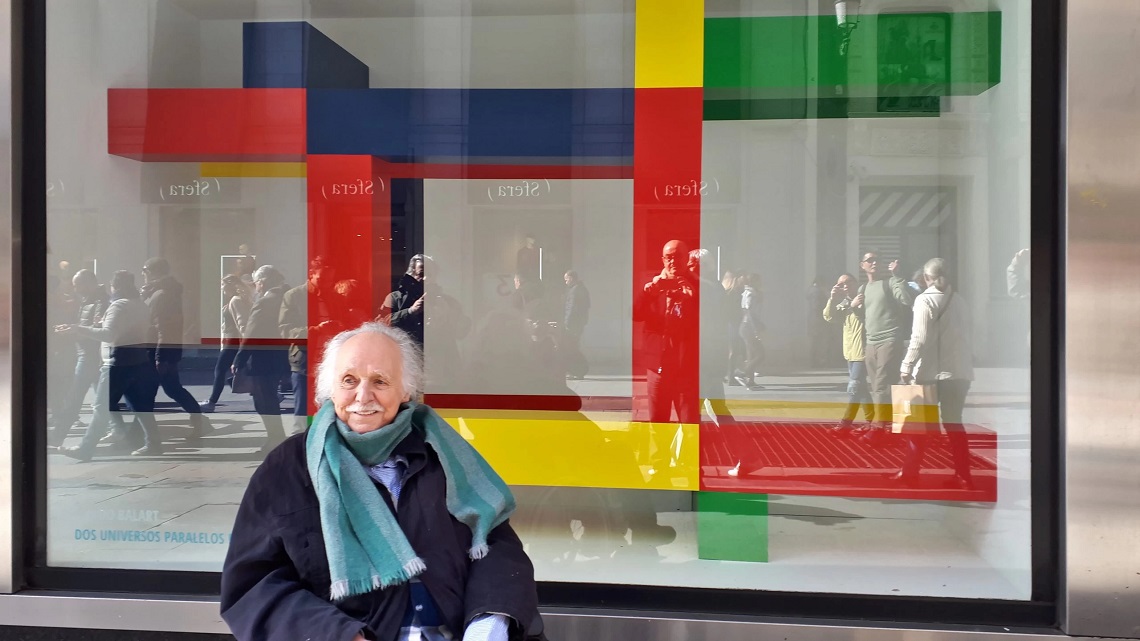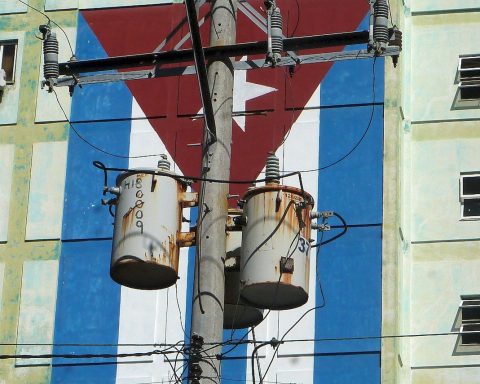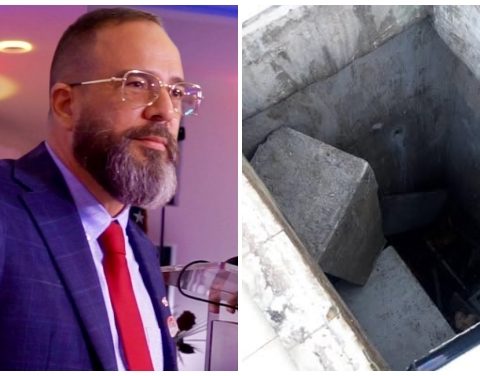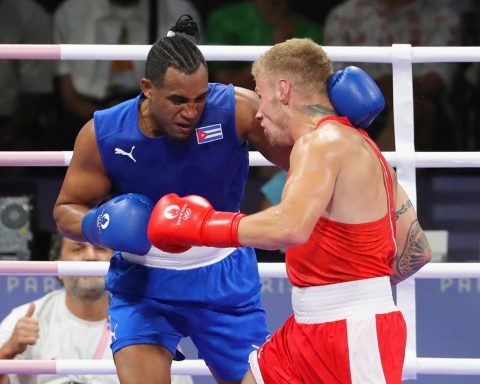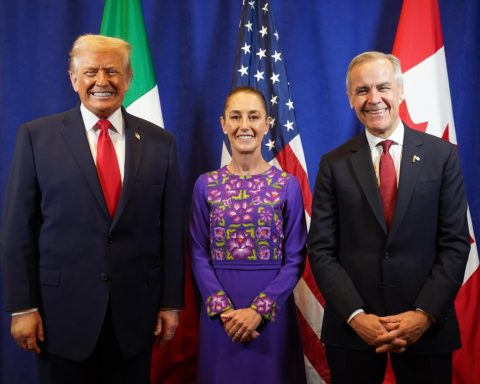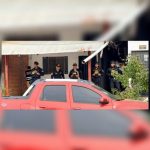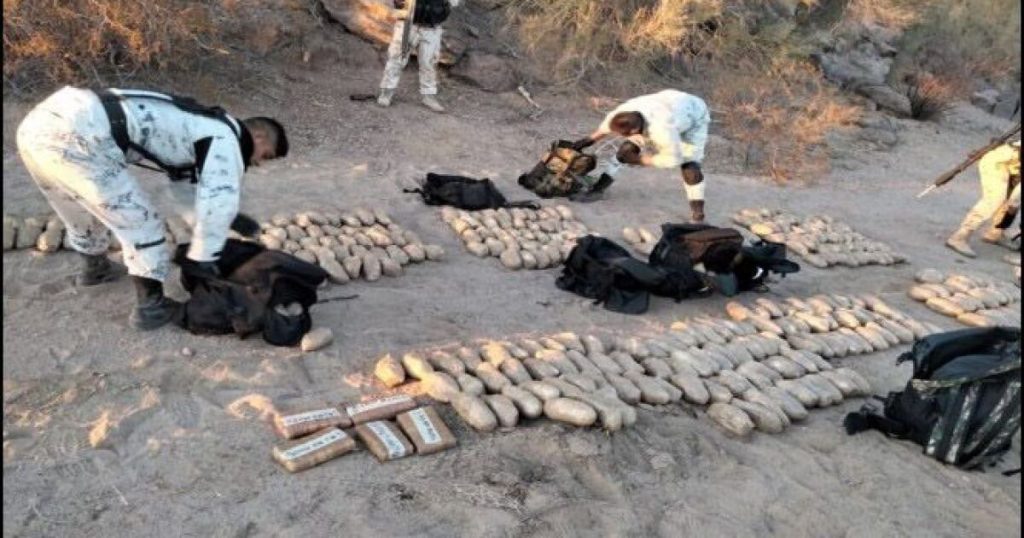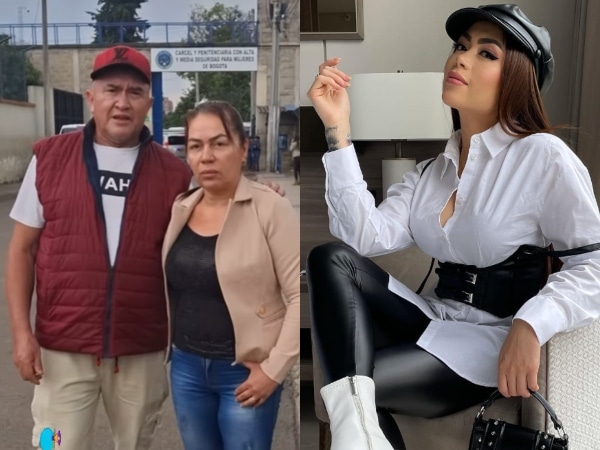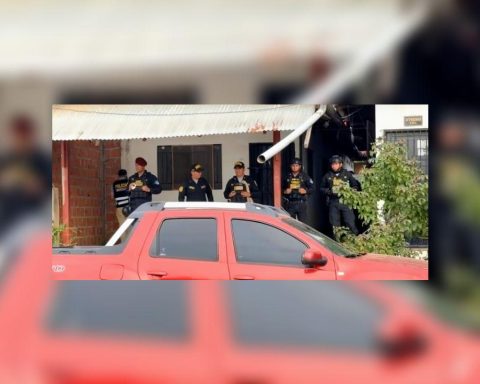He Cuban artist Waldo Balart died in Madrid this Wednesday when he was just missing five days to turn 94, leaving a legacy of works that consecrated him as one of the most interesting firms of the so -called concrete art.
Teacher of geometric abstraction, the creator was born on February 10, 1931 in Banes, current province of Holguín, and studied political and economic science at the University of Havana before moving to the United States in 1959 to study art studies in The Museum of Modern Art in New York.
In the University Hill he met the then law student Fidel Castro, with whom he shared a bedroom and locked a fluid friendship. This allowed the future revolutionary leader to meet his friend’s sister, Mirta Díaz-Balart, who ended up being his first wife and mother of his son Fidel Ángel Castro Díaz-Balart (Fidelito).
Throughout his career, Waldo made fifty individual exhibitions and participated in more than 150 collective in Europe, the United States and Latin America.
His work is part of private and public collections; among them those of MoMA and MET in New York, as well as the Reina Sofía Museum, of Spain.
Likewise, he theorized about concrete art through scientific reflections and research that was contained in the books Art essays (1993) and The practice of concrete art (2011).
For his daily painting work, Balart created a system based on a so -called axiomatic order on a scale of 1 to 8, in which each number represented a color of the light spectrum and used in the preparation of each series.
His research on light and color in plastic provided his own space within the history of concrete art.
“It is as if dosing the light: 1, 2, 3, 4, 5, 6, 7, 8… to each number a color corresponds… it is a mental organization; It is not a truth; but a way to develop instinct, interest, ”confessed the artist to Oncuba In a recent interview, when he moved and painted on a wheelchair.
“I’m working that, [de forma] Longitudinal and transverse, and I’m joining them. But there is no absolute truth in that, ”he added.
In that same year and in another interview, this time to the magazine Rialtaconsidered balart that “life and geometry are united. It is not only a matter of categories and hypotenuses, but of the integration of that spirit into life. ”
Last year part of his works were exhibited at the Santapau Casado Gallery in Madrid, the city where he was working until practically his last day.
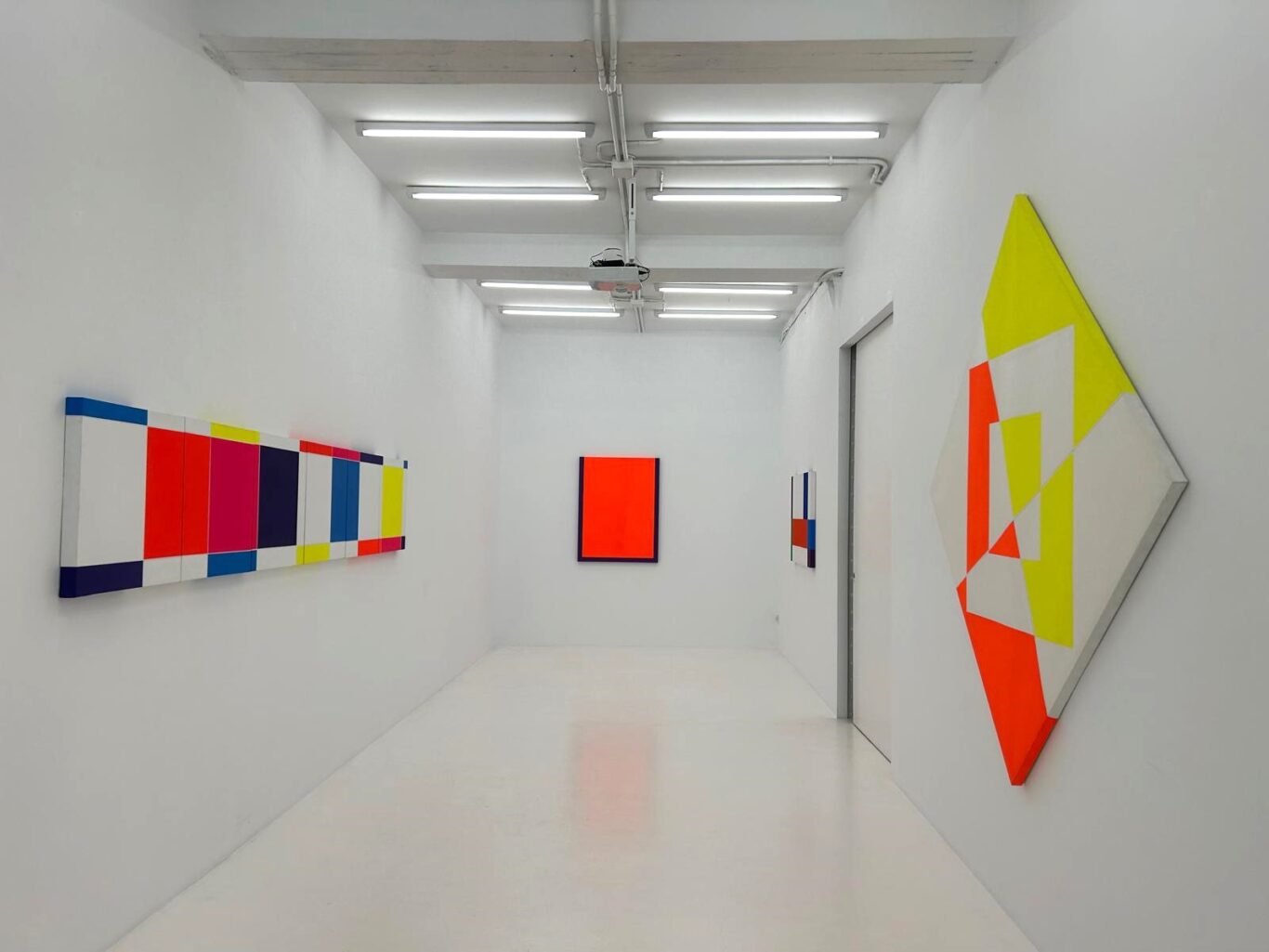
“It is surprising that an art so apparently imbued in a reaction against abstract expressionism, so immersed in color theories and in such contemporary finishes, evokes the artist’s native soil. Although Balart left Cuba when he was only 18, it is possible to relate his works to the tradition of the stained glass , He said Ernesto Menéndez-Conde in Incubator.
Close friend of father of the Pop artAndy Warhol – “I met in a bar to which many artists went. We became friends, very friends, we spent a lot of time together ” -, Waldo Balart liked to consider, faithful to his rationalist mood, that“ nothing is more concrete, more real, than a line, a color, a plane ”, citing the father of the father of the concrete art, Theo Van Doesburg.
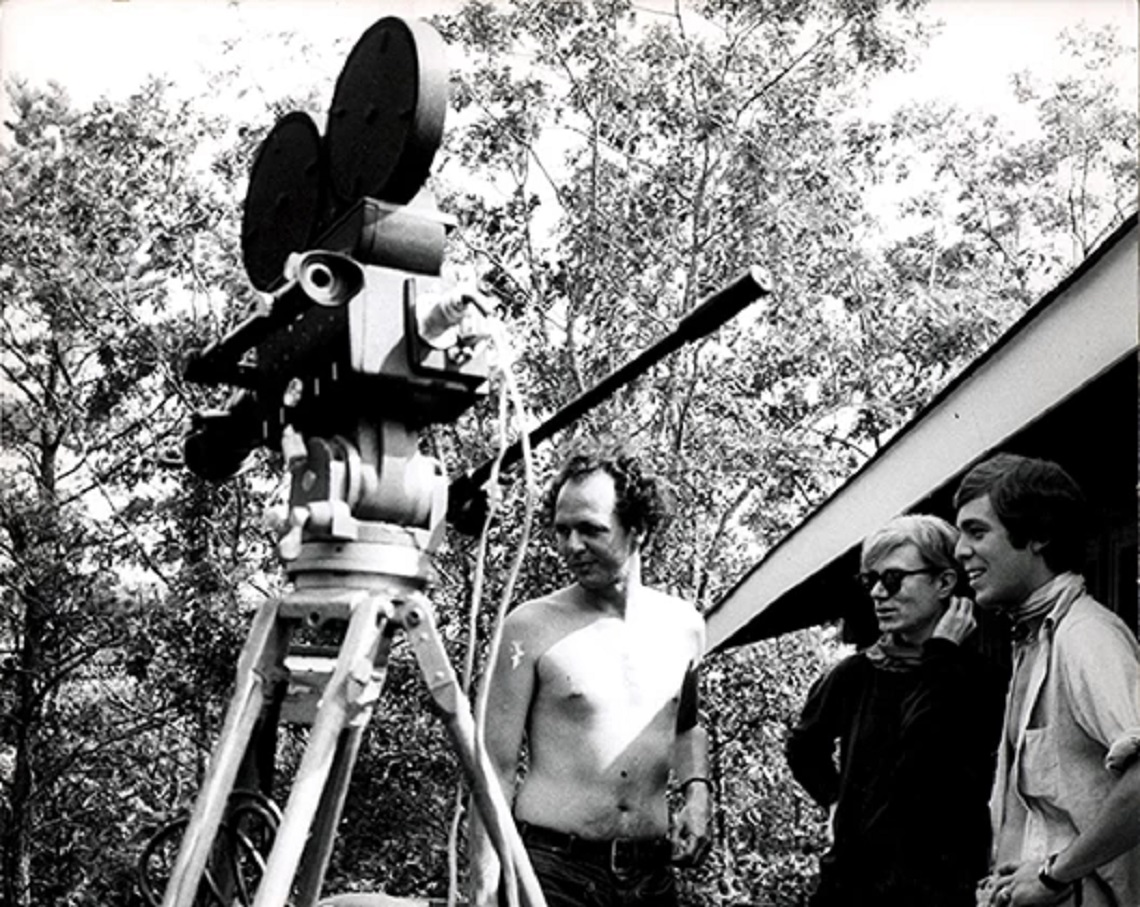
The artist moved to Madrid in the 70s, after living a splendid and chaotic decade in the New York against the 60s.
What is light? “Light is life, so I work with life,” he answered a question of Oncuba In the interview already cited, in which he decreed that another of the great firms of concrete art, the Cuban Carmen Herrera, was “divine, divine”, and that the island, where he never returned, was “a very current idea, It is always present, they don’t let you forget about Cuba. ”
